Backyard Pumpkin Tips From Growing to Décor
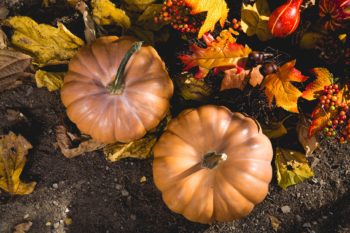
Photo credit: Pexels/Toni Cuenca
I wish I could tell you that pumpkins are easy to grow. They are not. Apparently, many insects and diseases like them as much as we do, and it takes a lot of pumpkins to compose the stunning creations in the photos. It also takes a lot of space to grow pumpkins, and I mean a lot. Though varieties vary as far as how large the vines will grow, a good rule of thumb is 50 to 100 square feet per hill – called a hill because it is advised to mound the soil up a couple of inches to ensure good drainage, which is a must for success.
If you are determined to try, be sure to look for forms resistant to powdery mildew and those resistant or tolerant to squash vine borer. Also, be aware that they should not be planted until soil has warmed. Depending on which part of Tennessee you live in and when you want to harvest, that will be May to June. Some varieties “ripen” in a shorter period and can be planted as late as early July. In fact, planting as late as possible can help to avoid squash borers.
See more: Fall Recipes Featuring Apples, Pumpkins and More

A Squash by Any Other Name
But first, one of the joys of being a horticulturist is understanding the minutiae of plant taxonomy. One of the banes of being around a horticulturist is having to listen to them hammer at you with plant taxonomy minutiae. Forgive me, and I’ll do my best to make it go down easy.
Pumpkins are squash. Squash are cucurbits. Cucurbits include squash, gourds, cucumbers and melons, and if you think about how all of these fruits look similar when you cut into them, hollow or not, it is easy to see why they all belong to family of Cucurbitaceae. Now, that wasn’t so bad, was it?
Its importance to a gardener is that the same issues that affect your zucchini or yellow squash are the ones that affect pumpkins. If you have lost a beautiful hill of squash virtually overnight to squash borer, yes, that happens to pumpkins too.
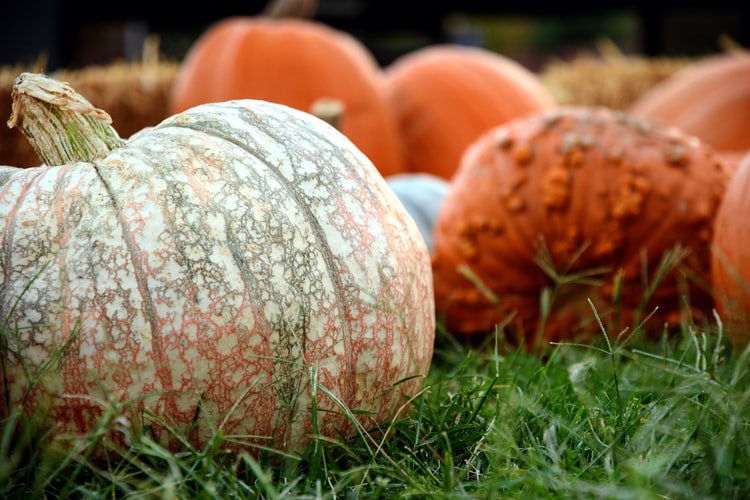
Pumpkins belong to a group called winter squash. These develop hard rinds over the edible flesh, which allows them to be kept without refrigeration for some time. Pumpkins don’t usually last longer than several weeks, but other varieties of winter squash, such as butternut, can be held in a cool, dry place for several months with no appreciable loss of quality. Just belonging to this group does not guarantee a long shelf life, as storing in the wrong place can lead swiftly to rot. The fastest way to lose them is to pick too early. The classic test is to try your best to make an imprint on the skin with a strong thumbnail. Once that isn’t possible, it is ready to pick. Of course, gourds come in many shapes and sizes and can last indefinitely, plus they are easier to grow.
See more: How to Pick the Best Pumpkins for Carving, Stacking and Decorating
Pumpkins From Displays to Dining
Even with very hard rinds, being set on moist ground will cause rot, so in an outdoor display it is good to nestle them atop a few inches of straw or pine needles to prevent contact with soil. Since many people incorporate straw bales into their fall displays, just get a couple of extra ones to form a protective floor.
Straw bales help form a more substantial display, but still I often wince at the meager spots of color offered in the foreground. Bite the budget bullet somewhere else and buy more pumpkins, lots of pumpkins.
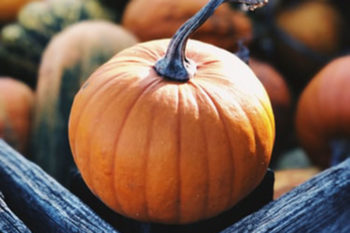
That might be easier to swallow (pun intended) if you use them later for feeding your family. Pumpkin flesh can be can-canned (sorry, visions of prancing pumpkins flashed in front of my eyes), but I am not a canner. Canning requires a lot of work and attention to cleanliness, which is not my strong suit. Luckily, pumpkins can be simply cut into chunks and frozen. Peeled is probably advised, but from personal experience, chunks seem easier to peel once they have been thawed, as the flesh is softened. I love chunks of any kind of winter squash for roasting with just a little olive oil, salt and pepper. A bit of turmeric or cumin adds a nice touch. They are hard to beat in winter soups as well.
Many other types of winter squash can simply sit in the cool garage or even porch as long as they don’t freeze. I mentioned butternuts, but in truth there are scads of other long keeping and delicious winter squash that have a wide range of skin color and texture. Hubbard squash are yummy and come in colors of blue-gray, green and orange. Kabocha squash are some of my favorite for eating and can be orange, sometimes striped, or darkest of greens, as in nearly black. Banana squash are usually a pale orange, not banana yellow, but the long shape adds interest. Acorn and delicata squash come in a range of colors and have the added benefit of being small, so they are easy to handle in the kitchen for single servings. Carnival has a hard, thick rind that helps with keeping qualities. It is a true carnival of stripes and spots of green orange and cream colors.

Here is what you don’t do with these interesting and often delicious vegetables in your fall display: don’t buy one of these and one of those and one of those. Buy a large number of a few types and group them for big impact. As you see from the photos, the wow is in the contrast of big sweeps of color. The designer of these beautiful displays is my colleague, research horticulturist Jason Reeves, who likes to say if he can get a lot of most anything, he can make a good design out of it. Also, note that it isn’t just about the colors. He used shapes to play interesting roles in his compositions. Sorry that you can no longer see his unforgettable creations here; as time and space ran out a few years ago, we’ve included some photos from years past for inspiration.
See more: Make Your Decorative Gourds Last Longer in 5 Easy Steps
Carol Reece is a University of Tennessee Extension ornamental horticulture specialist who also assists with programs such as Master Gardener. She has horticultural degrees from Mississippi State University, where she taught plant materials and landscape design.






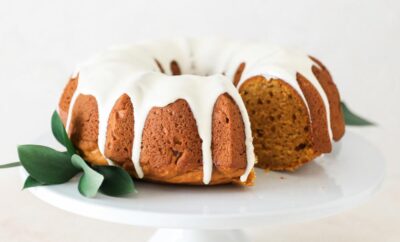







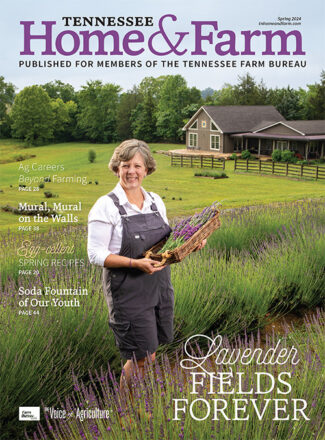

Thanks for your sharing your knowledge and wit.